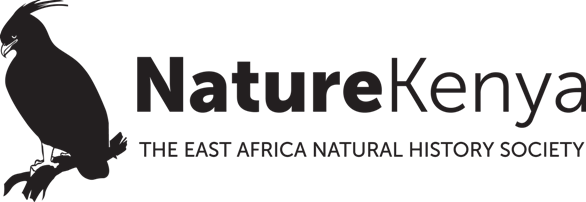Vultures and other scavenging birds play a critical role in maintaining healthy ecosystems. Their decline can have serious unforeseen effects on other species and the many benefits provided by nature. The main cause of the drop in African vulture populations is poisoning. When predators kill livestock, herders may take revenge by lacing the carcass with poison. Vultures are particularly sensitive, and may die in large numbers after feeding on a poisoned carcass.
While it is difficult to prevent wildlife poisoning, rapid response and immediate action can significantly reduce resultant wildlife deaths and environmental contamination.
In Maasai Mara ecosystem, Nature Kenya, the Peregrine Fund, BirdLife International and the Kenya Bird of Prey Trust, under the ‘Preventing Poisoning to Save Africa’s Vultures’ project, have been testing various approaches aimed at reducing poisoning related wildlife deaths. One such approach is sensitizing the community about the negative impacts of wildlife poisoning. Community meetings at villages and manyattas within the Greater Mara ecosystem have been taking place to raise awareness on the plight of vultures and the impacts of illegal wildlife poisoning. The meetings seek to ensure that the public is aware of the value of vultures, threats facing them and the need for their conservation.
Most wildlife poisoning incidences are retaliatory in nature. The poisoning mainly occurs after pastoralists lose their cattle to predator attacks. The pastoralists then lace cattle carcasses with poisonous substances such as pesticides. The poison not only ends up killing the targeted predator but also scavenging animals such as hyenas and vultures. A single poisoned cow carcass can end up killing 150 vultures! It is therefore extremely important for communities to understand the dangers posed by wildlife poisoning.
In October, 10 community meetings were conducted within Maji Moto and Olkinyei areas which border Olarro and Olkinyei conservancies respectively. Continued interaction with the communities has helped to identify conflict prone areas, leading to directing more efforts to such areas. During such interactions, community members are engaged and the effects of poisoning are discussed. Focus is directed to the poisoning cycle where a single poisoned carcass may affect many other species within an ecosystem, including humans. Measures to mitigate human-wildlife conflict are also discussed. The emphasis here is the importance of maintaining a healthy ecosystem in which all species can thrive.
Actions that have been agreed upon by the communities in these meetings include stopping the baiting of livestock carcasses with poison. Instead, community members agreed to report predator invasions to village elders to help mobilize local support for affected households, and to take such cases to the relevant authorities.
So far 20 large villages and 16 large manyattas have been reached out to, in addition to 15 market outreaches across Maasai Mara, reaching up to 30,000 community members.
Other initiatives undertaken to reduce wildlife poisoning include training of rangers from the Maasai Mara National Reserve on how to respond to poisoning incidents. Sixteen rangers have been trained. Another 45 rangers from 15 community conservancies have also undergone the training.
One notable impact of the anti-poisoning campaign is a recorded increase of Critically Endangered White-backed Vultures’ nests in Maasai Mara.
‘Preventing Poisoning to Save Africa’s Vultures’ is financed by Band Foundation. This initiative in Kenya is also supported as part of a program to tackle vulture poisoning running jointly across Kenya, Botswana and Zimbabwe, funded by Fondation Segré.
